Why Do Cars Rust in Winter? Stop the Salt Attack on Your Car
I’ll never forget the day Mrs. Johnson brought in her 5-year-old Honda. “Just needs an oil change,” she said. When I put it on the lift, my heart sank. The undercarriage looked like Swiss cheese. Rust holes big enough to put your fist through. Another winter casualty.
After 20 years of watching salt destroy perfectly good cars, I’ve become obsessed with rust prevention. Living in Michigan, I see more rust damage before lunch than most people see in a lifetime. Let me show you exactly why winter is your car’s worst enemy – and more importantly, how to fight back.
The Quick Answer
Cars rust in winter because road salt accelerates corrosion by up to 10 times the normal rate. Salt lowers water’s freezing point but creates an electrolyte solution that eats through metal. Add in moisture, temperature swings, and trapped slush, and you’ve got the perfect recipe for rust.
But here’s the good news: you can stop most winter rust with the right approach. I’ve kept my own daily driver rust-free for 15 Michigan winters. Let me show you how.
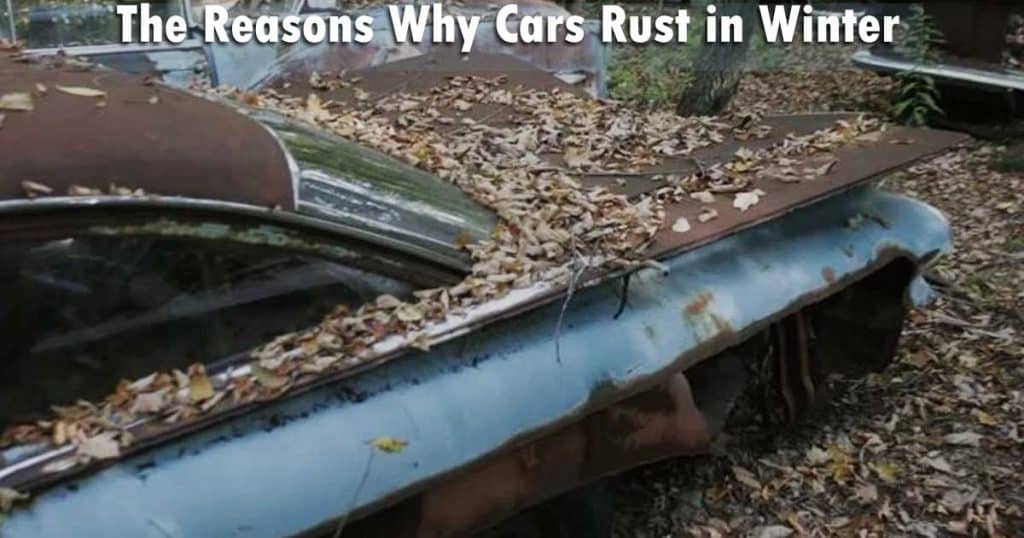
Why Winter is Rust Season
Think of rust like fire. Fire needs three things: fuel, oxygen, and heat. Rust needs three things too: metal, oxygen, and an electrolyte (usually water). Winter provides all three in abundance, plus a secret weapon – salt.
Here’s what happens on your morning commute:
- Salt mixes with snow and slush
- Your tires spray this mixture everywhere
- It sticks in every crack and crevice
- Salt water is 10x more corrosive than plain water
- Your warm engine melts it during the day
- It refreezes at night, expanding and cracking protective coatings
Repeat this cycle 100 times per winter. That’s how a new car becomes a rust bucket.
The Science Made Simple
Remember high school chemistry? Me neither. But here’s all you need to know:
Salt water conducts electricity. When it touches metal, it creates a tiny battery. One part of the metal gives up electrons (becomes rust), while another part collects them. It’s like your car is eating itself from the inside out.
Plain water does this too, just way slower. Salt supercharges the process. I’ve seen salt water create visible rust in 48 hours. Plain water? Maybe 48 days.
Temperature swings make it worse. Water expands when it freezes. It sneaks into tiny paint cracks, freezes, expands, and makes the cracks bigger. Next day, more salt water gets in. It’s like rust on steroids.

Where Cars Rust First (My Hit List)
After inspecting thousands of winter casualties, here’s where I always look first:
- Wheel Wells
Ground zero for rust. Tires kick up salt spray directly onto metal. I see rust starting here within 2 winters on unprotected cars. - Rocker Panels
Those panels below your doors? Salt spray central. They’re hollow inside, so once rust starts, it spreads invisibly until – surprise! – your foot goes through. - Frame Rails
The backbone of your car. Rust here is serious money. I’ve condemned cars with perfect bodies because the frame was toast. - Brake Lines
Scary but true. I replace rusted brake lines weekly in winter. One customer lost brakes completely at a red light. Thankfully, nobody was hurt. - Exhaust System
Heat plus salt equals rapid rust. Mufflers and pipes often rust from the inside out. That’s why your exhaust suddenly falls off on the highway.
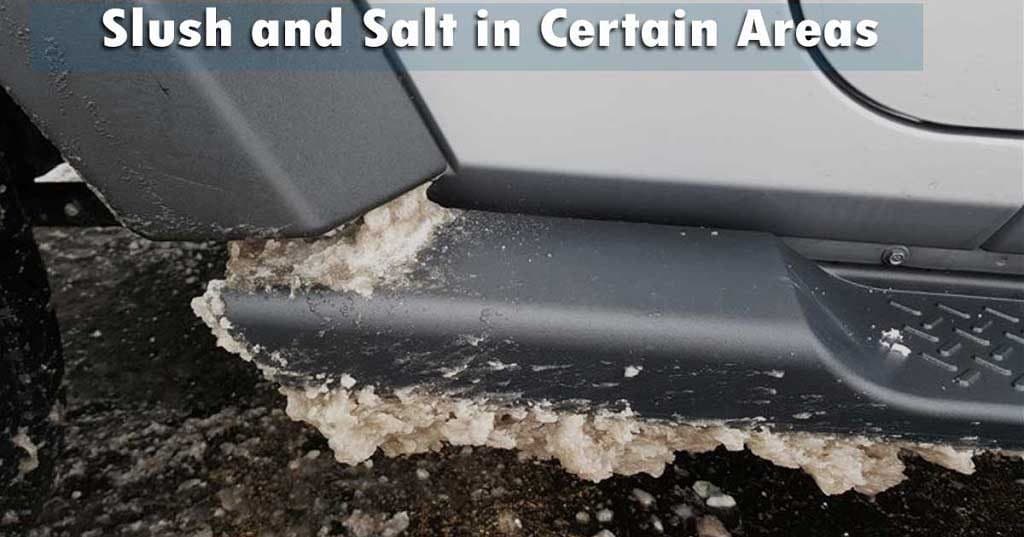
The Salt Belt Reality
Living in the “Salt Belt” (anywhere they salt roads) means accepting certain truths:
- Your car will rust without protection
- It happens faster than you think
- Once it starts, it spreads like cancer
- Prevention costs pennies compared to repair
I’ve seen 3-year-old trucks with rust holes. I’ve also seen 20-year-old cars still rust-free. The difference? The owner’s prevention routine.
My Rust Prevention System
Here’s exactly what I do to keep cars rust-free:
1. Before Winter Hits
- Professional Undercoating ($150-300)
Not the dealer stuff – real rubberized undercoating. I use Fluid Film or Woolwax. It creeps into seams and stays flexible. - Touch Up Paint Chips ($20)
Every chip is a future rust spot. I fix them all in October. Takes an afternoon, saves thousands. - Wax Everything ($50)
Not just the paint – wheel wells, undercarriage splash shields, everything. Wax repels salt water.
2. During Winter
- Rinse Weekly (Free-$10)
Quick undercarriage rinse after every storm. I use the self-serve car wash. Two minutes, two dollars, huge difference. - Full Wash Bi-Weekly ($15-30)
Including undercarriage flush. Skip the drive-through – they miss the important parts. - Dry Completely
Park in a heated garage if possible. If not, drive for 10 minutes after washing to air-dry underneath.
3. Monthly Inspection
I check for new chips, worn undercoating, and early rust spots. Catch it early, fix it cheap.
Products That Actually Work
I’ve tested everything. Here’s what earns my money:
1. Undercoating Champions:
- Fluid Film: $100/gallon, lanolin-based, self-healing
- Woolwax: $120/gallon, thicker, lasts longer
- NH Oil: $80/gallon, thinner, creeps better
2. Surface Protection:
- CRC Marine Corrosion Inhibitor: $15/can
- Boeshield T-9: $20/can
- WD-40 Specialist: $12/can (yes, really)
3. Rust Converters (When Prevention Fails):
- Corroseal: $30/quart
- Loctite Naval Jelly: $15/bottle
- Rust Bullet: $40/quart
Skip the fancy “electronic rust protection” modules. I’ve never seen one work. Save your $500.
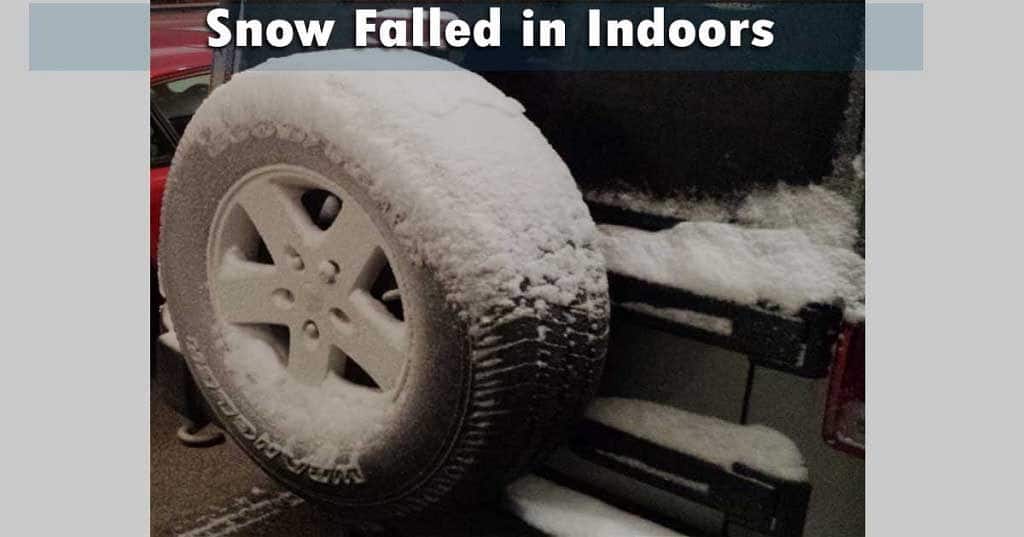
DIY Rust Prevention Guide
Want to protect your car yourself? Here’s my Saturday routine:
Tools Needed:
- Pump sprayer ($20)
- Undercoating gun ($30)
- Wire brush ($5)
- Safety glasses (please!)
Step-by-Step:
- Wash and dry completely
- Inspect for existing rust
- Wire brush surface rust
- Apply rust converter if needed
- Spray undercoating in all cavities
- Hit frame rails, wheel wells, seams
- Don’t forget door bottoms!
Takes 3 hours. Saves thousands. I do this every October.
Common Rust Prevention Mistakes
Learn from others’ failures:
- “I’ll wash it in spring”
Too late. Salt sits all winter eating metal. Spring reveals the damage. - “New cars don’t rust”
Tell that to the 2020 F-150 I’m fixing. Warranty doesn’t cover rust from road salt. - “Undercoating is a dealer scam”
Dealer undercoating often is. But real undercoating works. Different products, different results. - “My garage protects it”
Warm garage melts salt slush = accelerated rust. Cold storage is actually better.
Regional Differences
Not all winter rust is equal:
- Midwest (Salt Heavy):
Worst conditions. Rock salt plus mag chloride. Aggressive prevention required. - Northeast (Salt + Sand):
Sand is abrasive, removes protection. More frequent reapplication needed. - Mountain States (Mag Chloride):
Sticks like glue, stays active when dry. Requires different washing technique. - Pacific Northwest (Minimal Salt):
Lucky you. Just watch for coastal salt spray.
The Cost of Ignoring Rust
Real numbers from my shop:
- Rocker panel replacement: $800-1,500 per side
- Frame repair: $2,000-5,000
- Brake line replacement: $500-1,000
- Total restoration: $10,000+
Prevention costs? Maybe $200/year. Do the math.
Special Cases
- Aluminum Bodies (F-150, etc.):
Body won’t rust, but frame and components will. Still need protection. - Classic Cars:
Never drive in salt. Period. Get a winter beater. - Leased Vehicles:
Check your lease. Excessive rust can cost you at turn-in. - Coastal Areas:
Salt air is sneaky. Rinse weekly even without road salt.
Emergency Rust Response
Found rust starting? Don’t panic:
- Stop it spreading (wire brush + converter)
- Protect surrounding areas
- Monitor closely
- Plan proper repair
Small rust spots are like small fires. Act fast, minimal damage. Wait, and you’ll need a new car.
My Personal Fleet
Proof this works:
- 2008 Silverado: 250,000 miles, Michigan truck, zero rust
- 1995 Jeep Cherokee: Looks new underneath
- Wife’s 2015 CR-V: Daily driver, still spotless
Secret? I follow my own advice religiously.
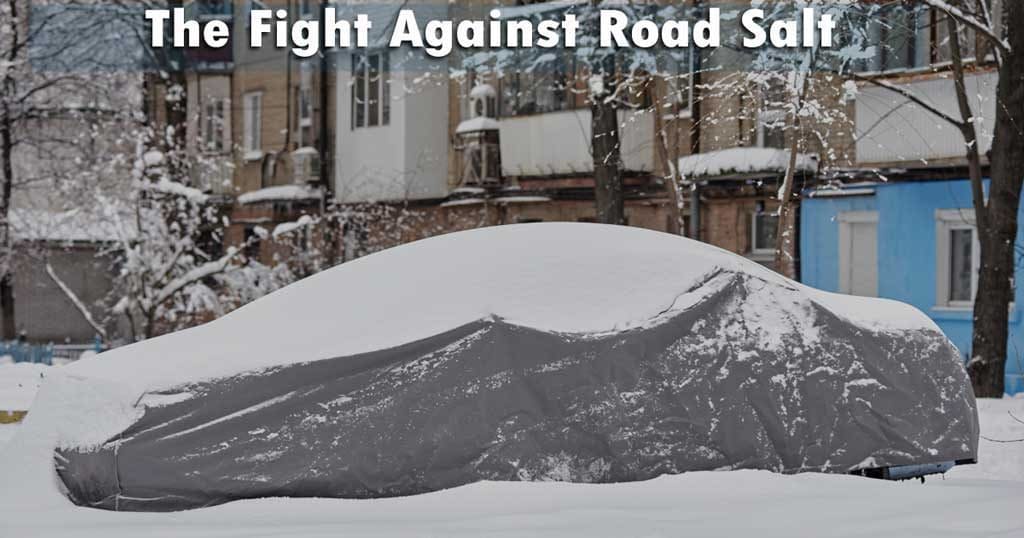
FAQs Related to Car Rust in Winter
- Q: Why do cars rust in winter?
A: Cars rust in winter because road salt creates an electrolyte solution that accelerates corrosion by 10x. Combined with moisture and temperature changes, metal oxidizes rapidly. - Q: How do I stop my car from rusting in winter?
A: Apply professional undercoating before winter, rinse undercarriage weekly, wash bi-weekly including underneath, fix paint chips immediately, and keep the car as dry as possible. - Q: Does washing your car in winter prevent rust?
A: Yes, but only with proper undercarriage cleaning. Regular washing removes salt buildup. Rinse within 24 hours of salt exposure and dry completely to prevent accelerated rusting. - Q: What is the best undercoating to prevent rust?
A: Lanolin-based products like Fluid Film and Woolwax work best. They self-heal, creep into seams, and don’t trap moisture. Avoid rubberized coatings that can crack and trap salt. - Q: How often should I wash my car in winter?
A: Rinse the undercarriage weekly after salt exposure. Do a full wash including underneath every 2 weeks. Increase frequency during heavy salt periods. - Q: Can you stop rust once it starts?
A: Surface rust can be stopped with wire brushing and rust converter. Deep rust requires cutting out affected metal. Early intervention is critical – rust spreads exponentially. - Q: Do new cars rust in winter?
A: Yes, new cars rust without protection. Modern cars have better coatings but aren’t rustproof. Salt doesn’t discriminate based on age – I see 2-year-old vehicles with rust. - Q: Is garage parking better for rust prevention?
A: Heated garages can accelerate rust by melting salt slush repeatedly. Cold, dry storage is ideal. If using a heated garage, rinse salt off first. - Q: What parts rust first on a car?
A: Wheel wells, rocker panels, frame rails, brake lines, and exhaust systems rust first. These areas get the most salt exposure and trap moisture. - Q: Does waxing prevent rust?
A: Waxing painted surfaces helps, but won’t protect underneath where most rust starts. Wax is a good addition to, not replacement for, proper undercoating. - Does washing your car in winter prevent rust?
There are less dirt and mud on the car in winter. So, people usually find it useless to wash a car at that time. But the fact is, washing the car in winter is quite important to prevent rust. It gets rid of salt-mixed buildups on the surface of the car. And not just that, washing your car thoroughly helps you to get rid of residual salt and snow in the gaps.Add image - How often should you wash your car in the winter to prevent rust?
Washing the car in winter offers some great results in terms of preventing rust. The purpose of the wash is to eliminate the possibility of any buildup that can lead to rust. I usually suggest washing the car at least twice every month. This extra bit of work will help to increase the lifespan of your car significantly. - What do you put on cars to stop rusting?
The main reason behind rust is an iron surface that is exposed to moisture. So, anything that prevents any kind of moisture to come in contact with the iron surface will work just fine. There are many things in the market right now that you can use for this purpose.
First of all, there is a clear coat and paint. Then there is the wax that lasts for 2 to 3 months. Then you can coat the exposed areas with D-40. There are other solutions if you want to cut the cost a little. You can coat used oil on the surface of your car’s undercarriage.
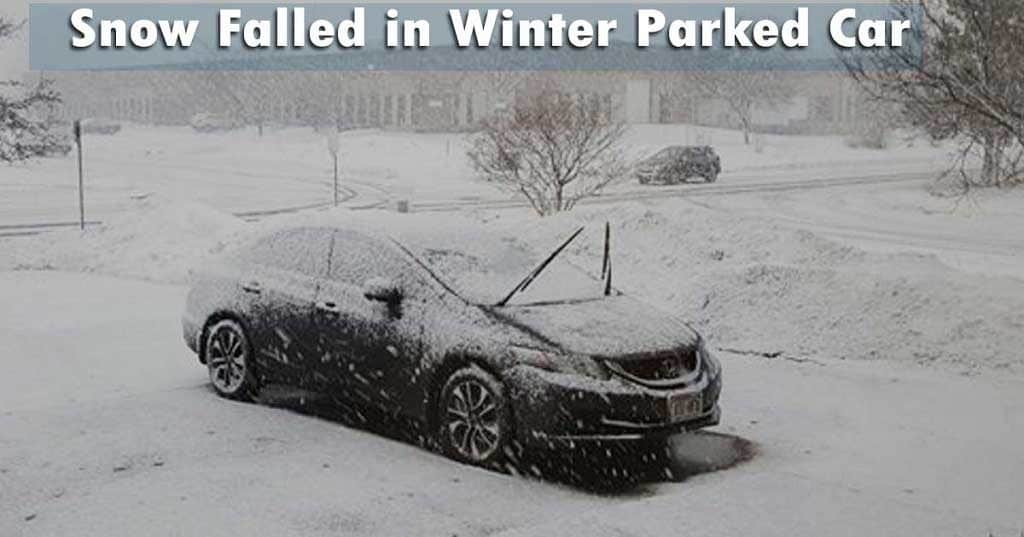
My Take on This Matter
Winter rust isn’t inevitable – it’s preventable. I’ve proven it with every car I’ve owned in the Michigan salt belt. The key is starting before you see rust, not after.
Your car is probably your second-biggest investment. Spending $200 a year on prevention beats spending $5,000 on rust repair. Or worse, scrapping a mechanically perfect car because the body’s gone.
Start this weekend. Get under your car with a flashlight. Check those wheel wells. Look at the frame. If you see surface rust starting, you’re not too late. If you see clean metal, let’s keep it that way.
Remember Mrs. Johnson from the beginning? She bought a new car and followed my prevention routine. Five winters later, it still looks showroom fresh underneath. Her old car? It went to the scrapyard.
Which story do you want for your car?

